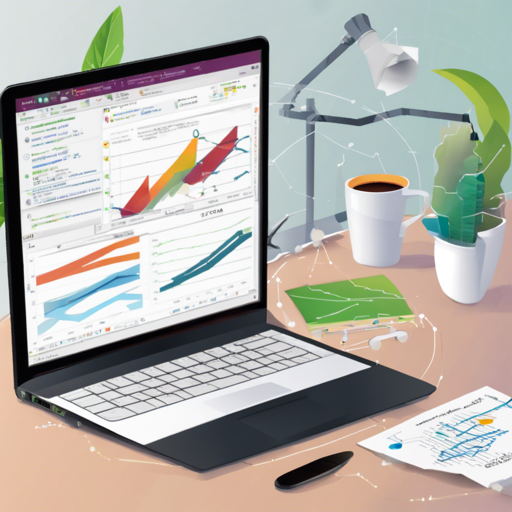In today’s fast-paced business world, effective accounting processes can make or break a company’s success. In this article, we will guide you through the setup of an accounting system built using Java Spring Boot. This system aims to enhance organization, record-keeping, and planning for businesses, allowing for detailed views of sales for each good or service. We will also delve into the visual aspects with graphical data displays and reporting features.
Project Highlights
- Conduct accounting processes for better organization.
- Separate views for individual sales of goods and services.
- Graphic display of data for clearer insights.
- Monthly sales comparison for the current year.
Key Architectures & Design Patterns Used
This accounting system implements various architectural patterns and design strategies:
- MVC Design Pattern: Separates concerns into Model, View, and Controller for better organization and maintainability.
- Factory Design Pattern: Provides a way to create objects without specifying the exact class of the object that will be created.
- Heterogeneous Architecture: Facilitates a mix of technologies and systems working together.
- Layered Architecture: Promotes separation of concerns and organized code structure.
- PDF Generator: Automatically generates PDF reports for accounting needs.
- Error Page for Unavailable Routes: Improves user experience by guiding users back to valid views.
- Chart.js for Visualization: Integrates charts for graphical data display to help with analysis.
- OAuth Google Authentication: Provides secure user login methods.
- Email Sender: Enables sending of reports and notifications via email.
- REST API: Allows communication between clients and the server.
- Data Transfer Object: Transports data between processes.
Use Case Flow
Here’s a simplified use case flow for the accounting system:
- User Registration.
- User Login.
- Adding a company for the current user.
- Adding products/services to the system.
- Recording the quantity of goods/services with each purchase.
- Generating a PDF report at the end of the year for accounting needs.
- Sending email notifications with sales reports.
Understanding the Code: An Analogy
Imagine your accounting system as a large, well-organized library. The MVC design pattern serves as the librarian (Controller) who facilitates communication between the visitors (Users) and the vast collection of books (Data). The bookshelves (Model) store the generated reports, while the library layout (View) showcases these collections through organized sections.
Now picture the Factory design pattern as a set of tools that allow the librarian to help visitors find specific books or genres without revealing the complexity of the library’s organization process. This ensures that the users only interact with a simple interface while behind the scenes, extensive organization happens seamlessly.
In this library, Chart.js acts like the illustrations found on library walls, providing graphical representations of statistics about books checked out, readers’ favorites, and month-to-month comparisons. All of this is calibrated with the Layered architecture, which ensures each part of the library serves a distinct purpose, resulting in an efficient and user-friendly space.
Troubleshooting Ideas
Building an accounting system, like managing a library, can come with its share of challenges. Here are some troubleshooting tips:
- If you encounter issues with user registration or login, double-check the OAuth configuration and ensure that the API keys are properly set.
- For problems with PDF generation, validate the PDF generation library integration and ensure the necessary permissions are granted.
- If sales data isn’t appearing in your charts, review your data fetching logic and ensure your API endpoints are returning the correct data format.
- In cases of email sending failures, verify your SMTP settings and confirm that the server supports email dispatch.
For more insights, updates, or to collaborate on AI development projects, stay connected with fxis.ai.
At fxis.ai, we believe that such advancements are crucial for the future of AI, as they enable more comprehensive and effective solutions. Our team is continually exploring new methodologies to push the envelope in artificial intelligence, ensuring that our clients benefit from the latest technological innovations.

